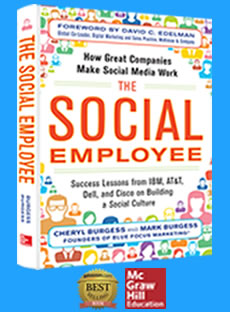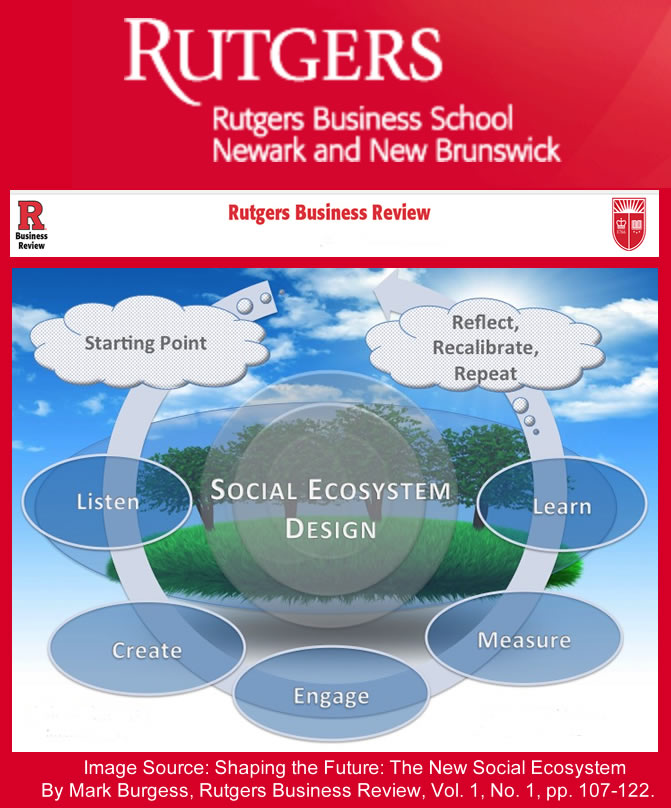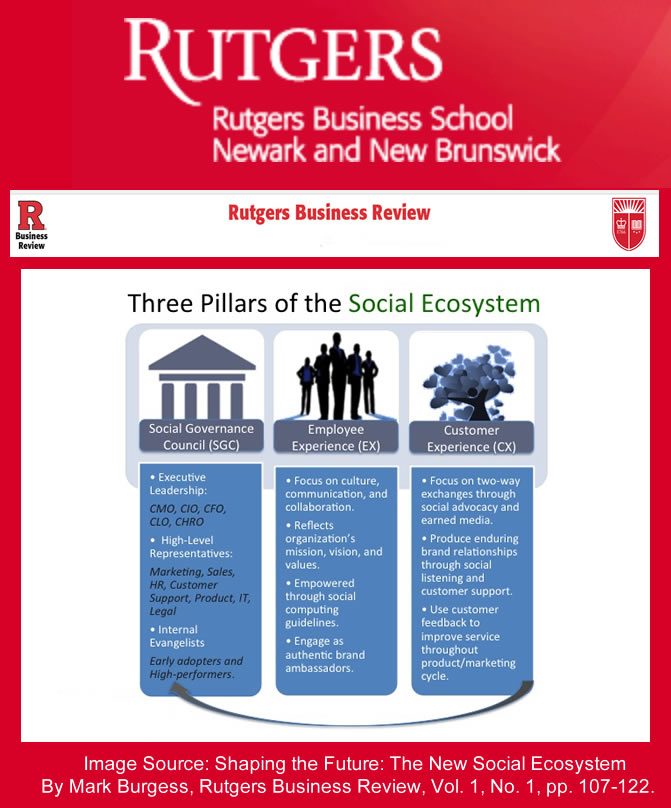Building a Culture of
Social Employee Advocates
After building an initial crop of first-wave social employee advocates, now what? Do you just tell them to cut loose on Twitter and see what happens?
Maybe not just yet. Many social programs fail because they lack clear objectives, guidance, and buy-in. Before you cut your employees loose, it’s good to not only establish what your brand hopes to get out of social employee advocacy, but how you want your employees to embody your brand.
Here are some questions to get you started:
-
How are other brands in your organization engaging on social media? What are they doing well, and what can your brand improve upon?
-
Who are your customers and stakeholders, and what kind of content would most likely get them excited about your brand?
-
What co-branding opportunities are there for your employees and stakeholders, and what social tools can help facilitate this?
As we learned while writing The Social Employee, This methodical approach drove Domo, who administered a “social IQ” test to determine their employees’ strengths and weaknesses in tool adoption during their initial #domosocial experiment. From there, employees were given a series of 29 different social-related tasks to complete. After an eight-week period, employees retook the social IQ test and scored an average of 19 points higher. Not only that, but employees had collectively made over 200,000 new connections across platforms like Twitter, LinkedIn, Facebook, and Pinterest. Talk about growing your digital footprint in a hurry!
So as you develop your pilot, make sure to work directly with your employees to give your program clear direction and purpose. Remember, social employee advocacy is all about sharing, connecting, collaborating, and building influence. Try to align all your goals around this idea—and take it one step at a time.













